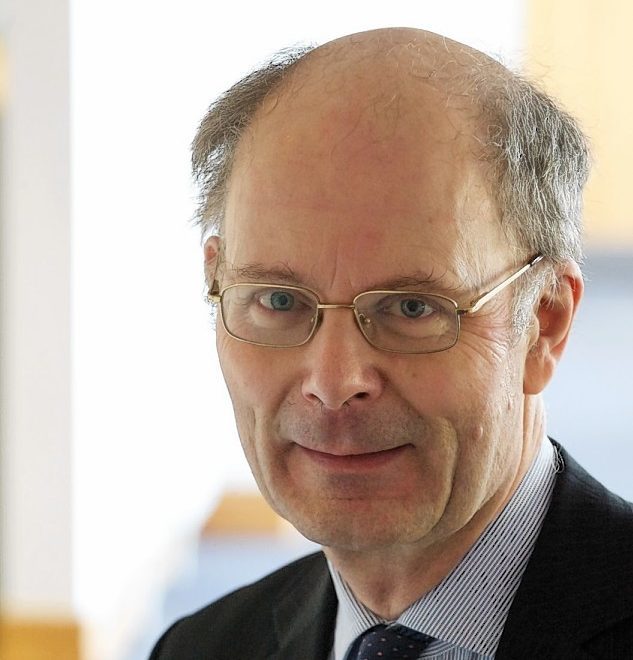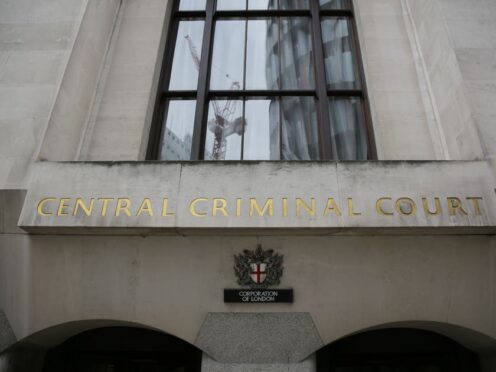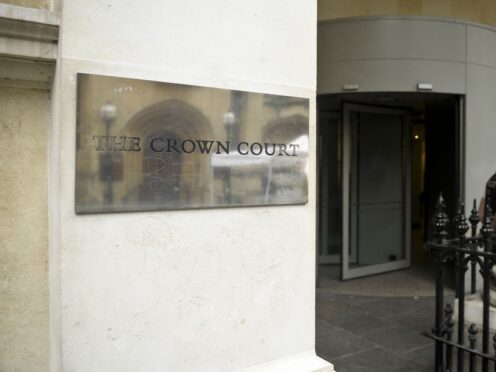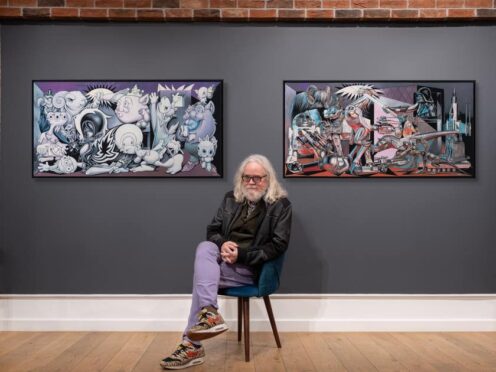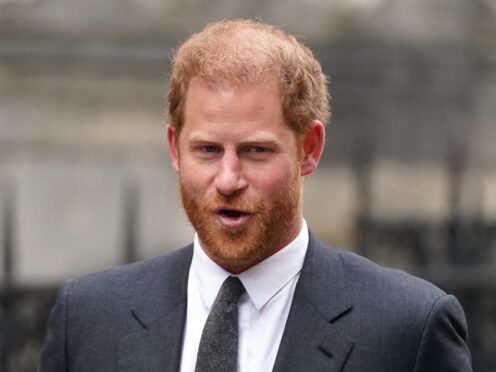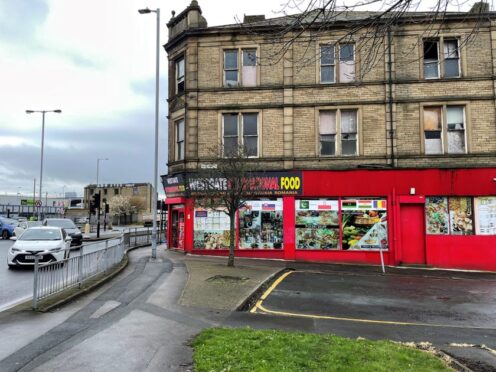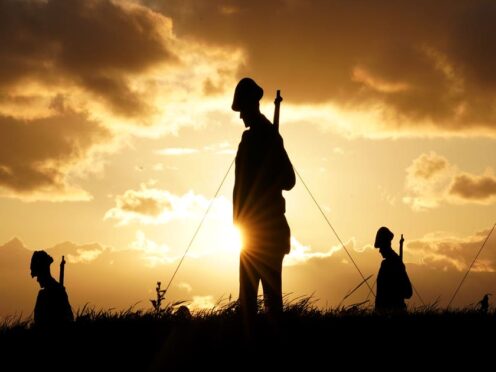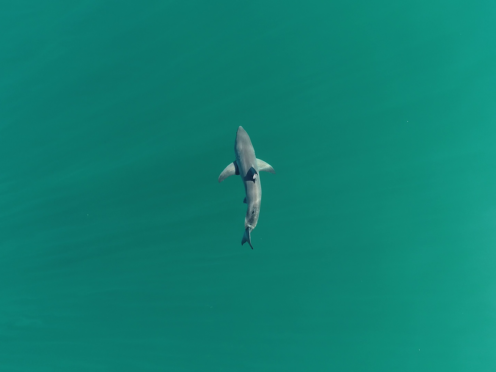A respected polling expert has said some former independence supporters now view the prospect of a separate Scotland as less attractive than being part of the UK outside the EU.
Professor John Curtice insisted June’s referendum had divided the independence movement, with “at least” a third of those who voted Yes in 2014 backing Brexit.
He told the Press and Journal independence was “more likely” as a result of the outcome because no one would be talking about it otherwise.
But he stressed the SNP’s ability to win a second referendum would depend on reframing the economic arguments.
He made the comments as Theresa May told world leaders in New York the UK remained a “confident, strong and dependable partner internationally” post-Brexit.
The prime minister insisted Britons “did not vote to turn inwards or walk away from any of our partners in the world” when they opted to leave the EU.
She also sought to reassure nervous US financial giants that Brexit would result in the “best possible” trade deal with the EU and stressed the UK remained committed to the international effort against climate change.
The Press and Journal asked Prof Curtice, professor of politics at Strathclyde University and president of the British Polling Council, about the impact of Brexit on independence at an event in London.
He said the evidence consistently showed the balance of opinion on whether or not Scotland should be an independent country had not been affected by the UK-wide decision.
He added: “It’s clear some voters have switched from No to Yes, but conversely there are also other voters who have switched from Yes to No.
“At least a third – possibly more – of those people who voted Yes to independence in 2014 actually voted to leave the EU.
“The movement in favour of independence in Scotland is divided on the question.
“Therefore for some, the prospect of being part of the UK that’s outside the EU is now potentially more attractive than a Scotland that is inside the EU.”
Asked whether he thought First Minister Nicola Sturgeon would now – given the success of Vote Leave’s campaign – favour the emotional rather than economic case, he said that would not be the right argument to win over her “target market” of No voters.
Prof Curtice, whose exit poll accurately predicted the 2015 general election result, said independence was now more likely, adding: “But for Brexit, we would not be talking about it at all.
“Undoubtedly a second referendum is more likely and if you have a referendum, there’s some possibility of independence.”
But he said the “crucial” thing from the SNP’s perspective would be to reframe the economic arguments for it.
Meanwhile, SNP Westminster leader Angus Robertson addressed the Social Democratic Party of Germany yesterday on the implications for Scotland of the UK leaving the EU.
In a speech in Bavaria, delivered in German, the Moray MP said the Scottish Government was committed to playing a full part in the development of the UK Government’s position in advance of Brexit being triggered.
Afterwards he added: “For Scotland, the question of our place in the EU – just like that of Scotland’s place in the UK – is not some constitutional abstraction or distraction.
“It is fundamentally about how we best equip ourselves to deal with the complex, interdependent challenges facing governments, businesses and individuals in the 21st century.”
